From Z-Boys to Supreme, Levi’s® 501® Is The Original Jean In Skateboarding
The 501® jean has been a symbol of countercultures for decades. From ‘50s biker clubs to punk rockers, rappers and artists, it's the ultimate uniform for rebels. You might think of San Francisco’s burgeoning hippie culture when you imagine Levi’s® in the ‘70s, but at the same time, further down south on the West Coast, there was another flourishing subculture that would help cement the 501® jeans place in a different corner of pop culture: Skateboarding.
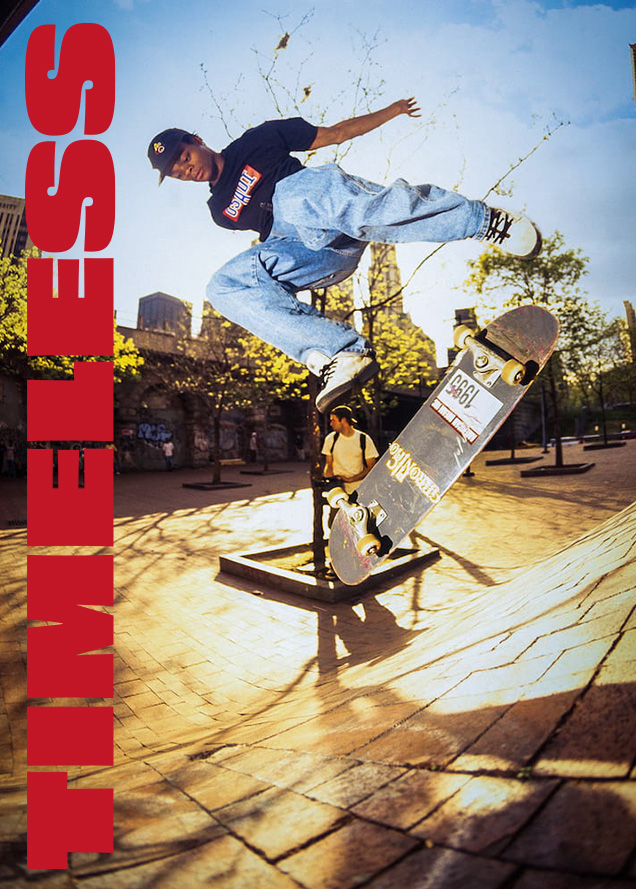
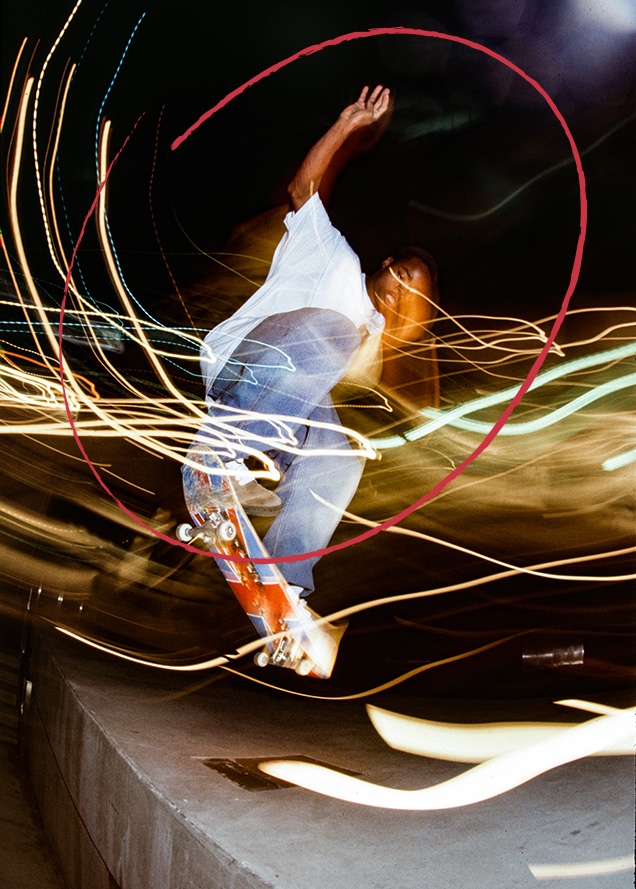
As California surfers swapped the wave for concrete in the early ‘70s, a more suitable change of apparel became necessary—board shorts may have been weather-appropriate, but weren’t an adequate defense from the routine scrapes and grazes that the average skateboarder was being subjected to. Denim jeans, on the other hand, formed the requisite barrier between skin and asphalt thanks to its heavyweight cotton construction. Not only durable, jeans simultaneously provided the rider with the right amount of bohemian cool, with no other style better fitting the bill than Levi’s® iconic 501® jeans.
The rise of independent, skater-owned brands at the time may have seen the industry’s denim market more evenly shared out, but many of these brands were still paying tribute to the 501® jeans…
It’s only natural, then, that the principle pair of blue jeans should find its roots intertwined at the genesis of the sport. The legendary Zephyr skateboard team (or Z-Boys), which featured skate pioneers Jay Adams, Tony Alva, Peggy Oki and Stacy Peralta, were renowned not only for their innovative style on the board, but also their distinctive look of long, flowing locks, deck shoes, and pairs of naturally faded 501® jeans. Peralta recalled that the getup originated from the local youth crews’ tweak on standard surf wear, “We wore baggy Levi’s® or pinwale cords, t-shirts and a long button-down Pendleton and these shoes called Winos. Well, the Latino and African American [groups], they wore the exact same thing we wore, except theirs were starch-pressed. They were perfect.”
By the ‘80s, skateboarding had become a lucrative worldwide phenomenon, and while the middle part of the decade had seen some skaters opt for more functional attire such as nylon sweatpants with rich, Bones Brigade-influenced day glo palettes, the timeless nature of the 501® jeans meant they never waned far from the skate wardrobe staple. As tastes had begun to shift toward more street-centric styles of skating, the classic 5-pocket became a favorite for a new breed of skaters including Andy Howell and Mark Gonzales.
Brennand Schoeffel was snapped wearing a regular straight-cut pair in mid blue rinse on Thrasher’s October 1990 cover, marking a wholesale return in favor for denim amongst the skate community that would eventually see it dominate the rest of the ‘90s and even take the aesthetic mainstream. Street skating’s golden era was defined by the baggy silhouette, initially achieved by dramatically sizing up on everything, before patterns were subsequently tailored to the oversized fit.
The 501® jeans, cut with a straight leg and high rise, adapted perfectly to the wants of the new generation. Pairs could even be sized up to a 42” waist and cinched in with a belt, with hems sometimes cut down if they were too long. The rise of independent, skater-owned brands at the time may have seen the industry’s denim market more evenly shared out, but many of these brands were still paying tribute to the 501® jeans with their own illicit flips on the seminal Levi’s® Red Tab, and eventually, through the subsidiary SilverTab line, Levi’s® found an outlet to channel new looser fits.
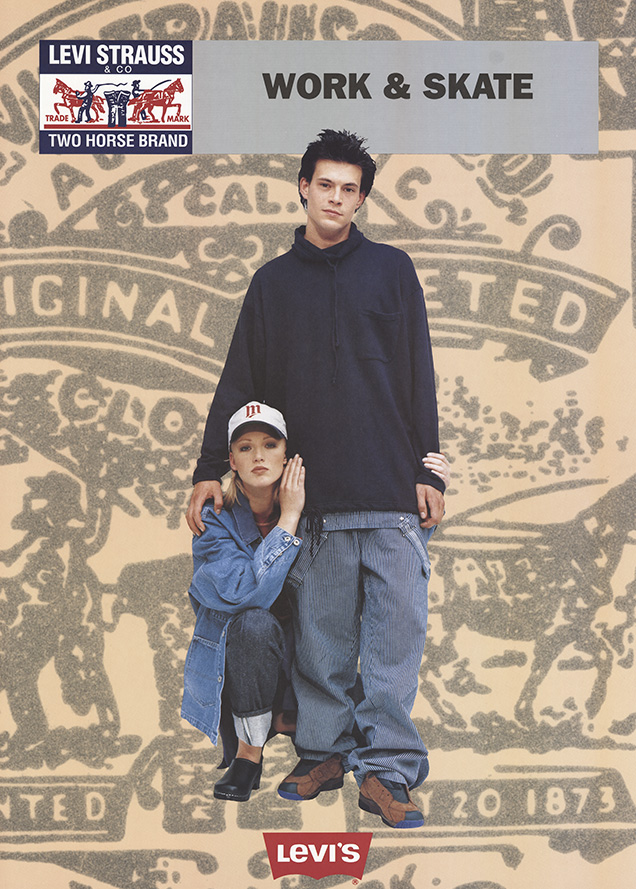
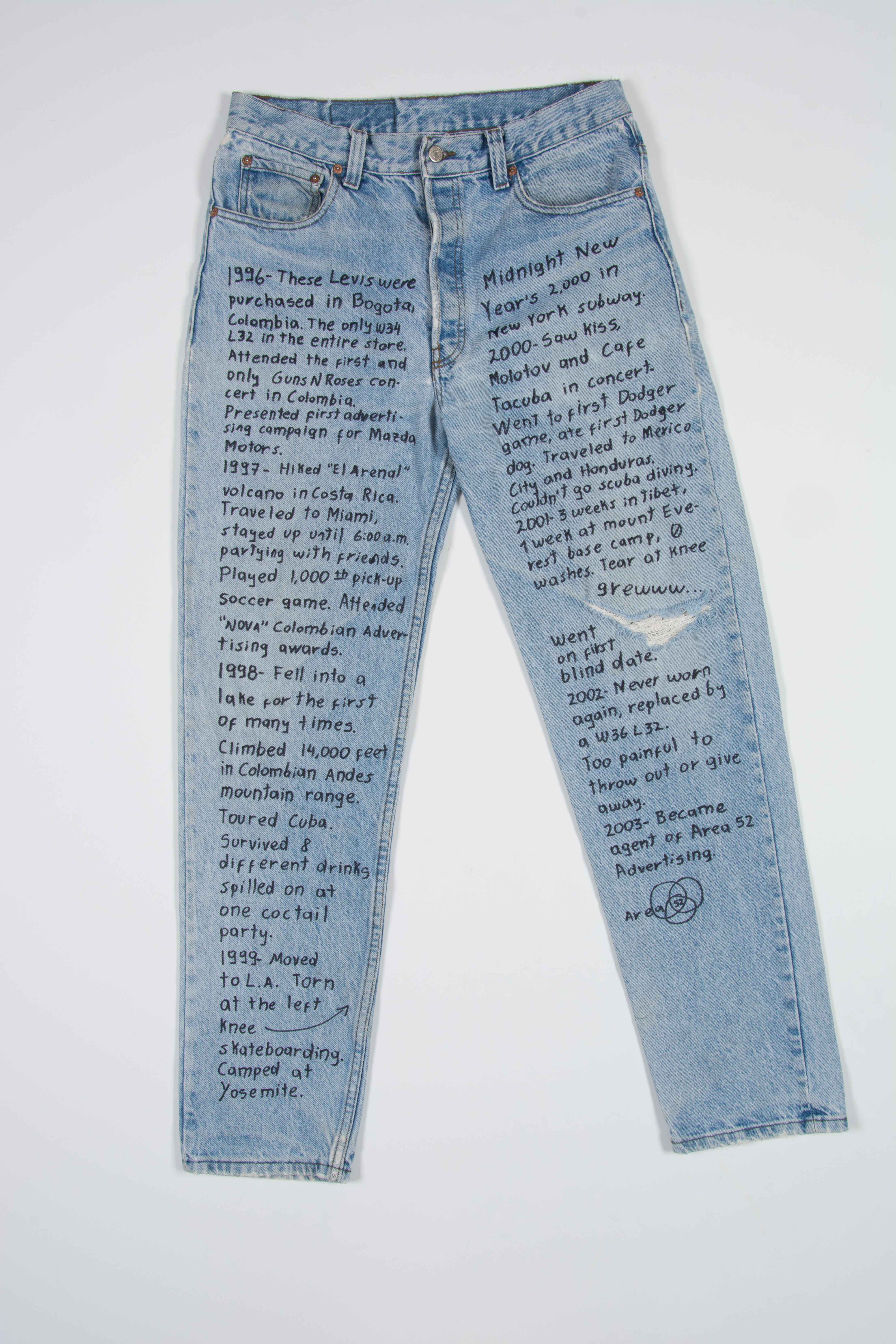
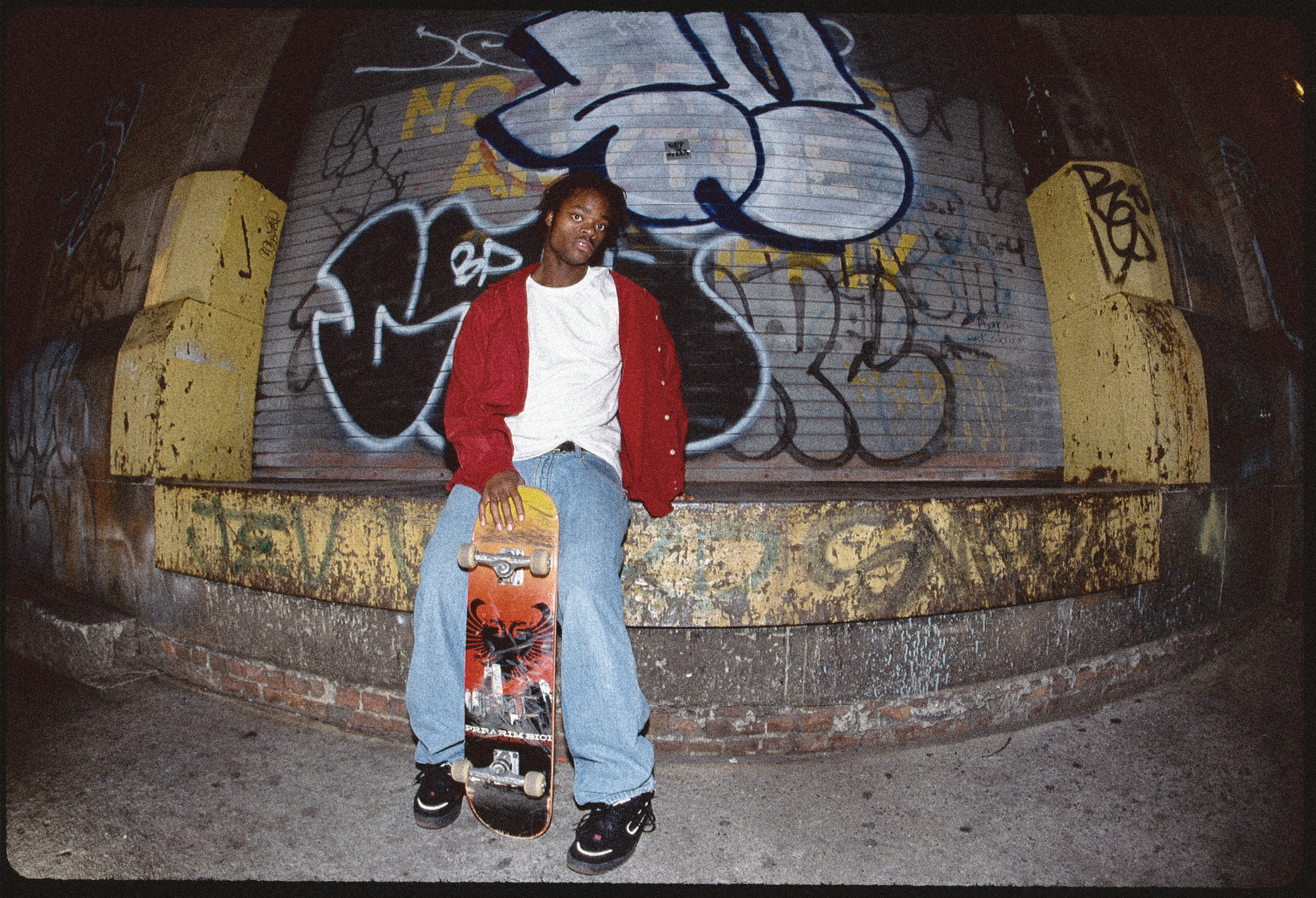
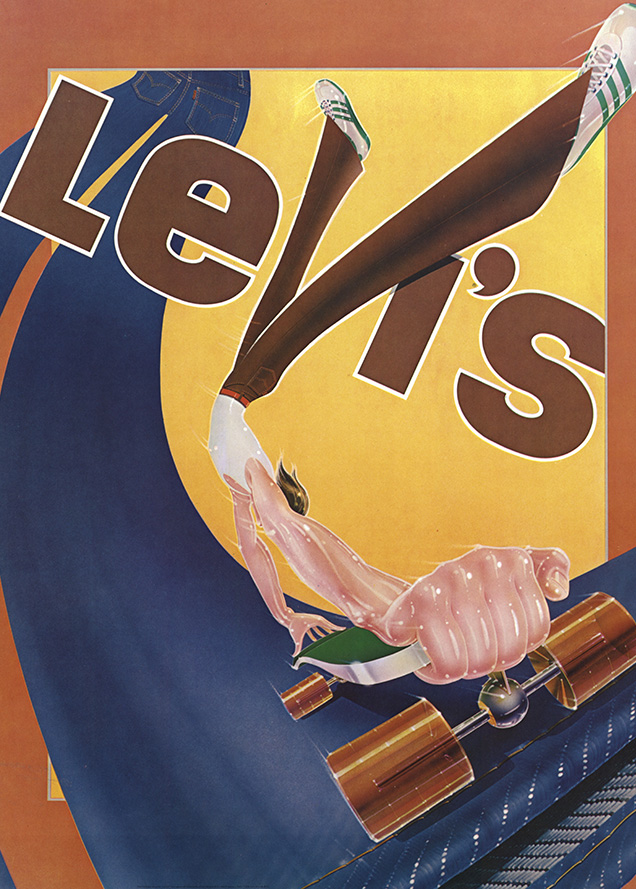
“We [Z-Boys] wore baggy Levi’s® or pinwale cords, t-shirts and a long button-down Pendleton and these shoes called Winos.”
Though a more tapered cut has since enjoyed a long revival in skateboarding throughout recent years, thanks to a new, social media-fuelled appreciation for ‘90s nostalgia, both saggy and slim/straight fits are able to coexist harmoniously in the current skate landscape. Levi’s®, however, has continued to evolve with a slew of brand collaborations with the likes of Supreme and Thrasher as well as the launch of its specialist Skateboarding line in 2013, which saw the 501® jeans revamped with a warp stretch to give jeans more movement and endurance.
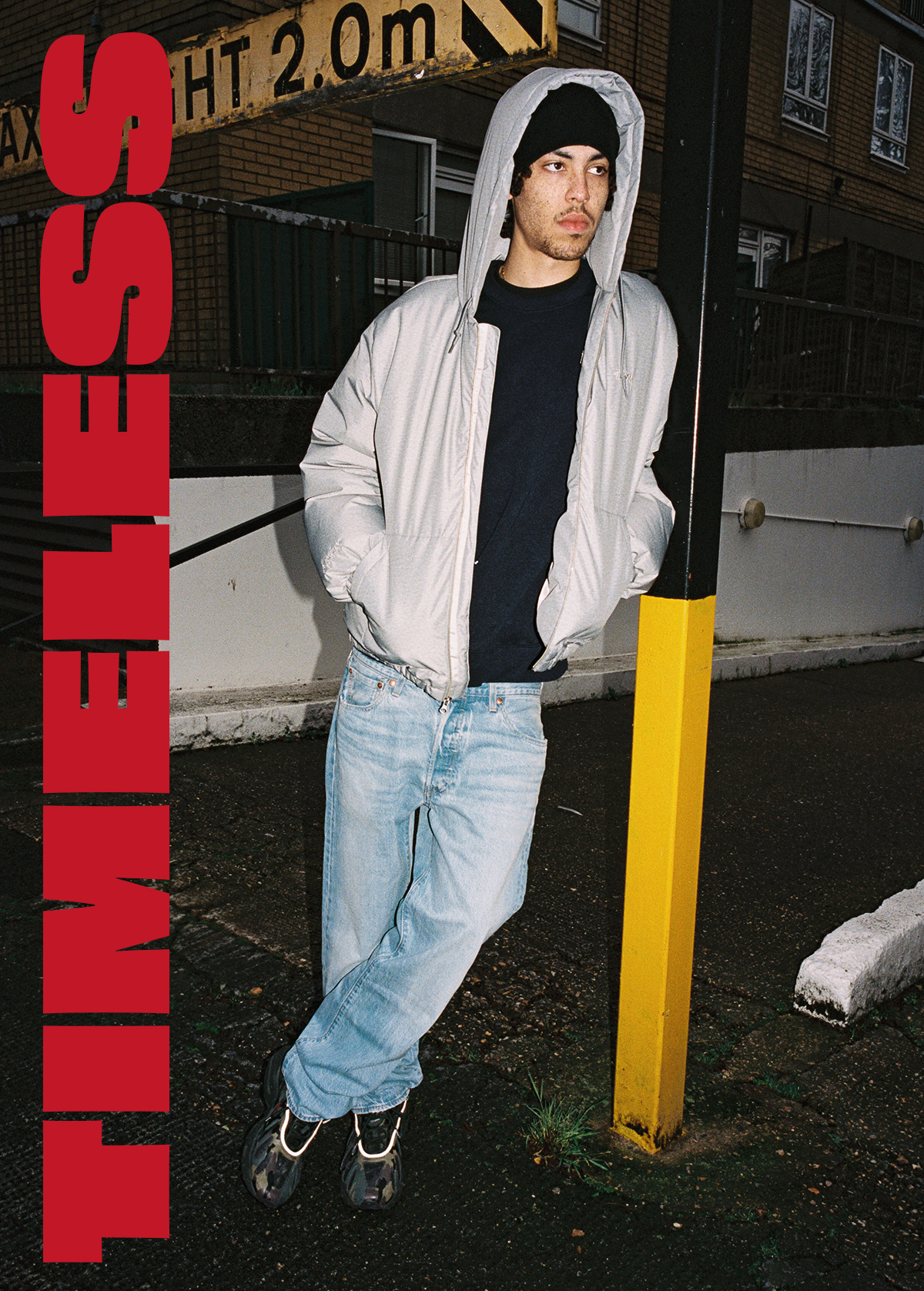
The 501® jeans’ reverence within the subculture is far-reaching, even being picked up in regions such as Lagos, Nigeria, where the so-called sport’s punk-edge is emphasized as a result of mainstream censure comparable to that experienced by original SoCal skaters in the ‘70s. Onyedi, a founding member of Lagos’ premier skate crew, MOTHERLAN tells us that the 501® jeans’ skate legacy within the city stems from a fellow crew member, Soldier, and his penchant for “straight-legged, bright blue Levi’s® that he would always skate in,” along with an appreciation for ‘90s OGs Jason Dill, Eric Koston and Harold Hunter, who always rocked “sagging a bit, and maybe sizing up”. Echoing the fundamental reason for the Levi’s® 501® jeans initial adoption on the board, Onyedi explains that, “denim is fresh for skating ‘cause it’s actually made heavy, not gonna tear up first fall”. A testament to their quintessential design, which further serves to substantiate a unique heritage spawned from the very root of skateboarding.
Check out the quintessential design that manifested its way throughout history.
SHOP LEVI’S® 501® JEANS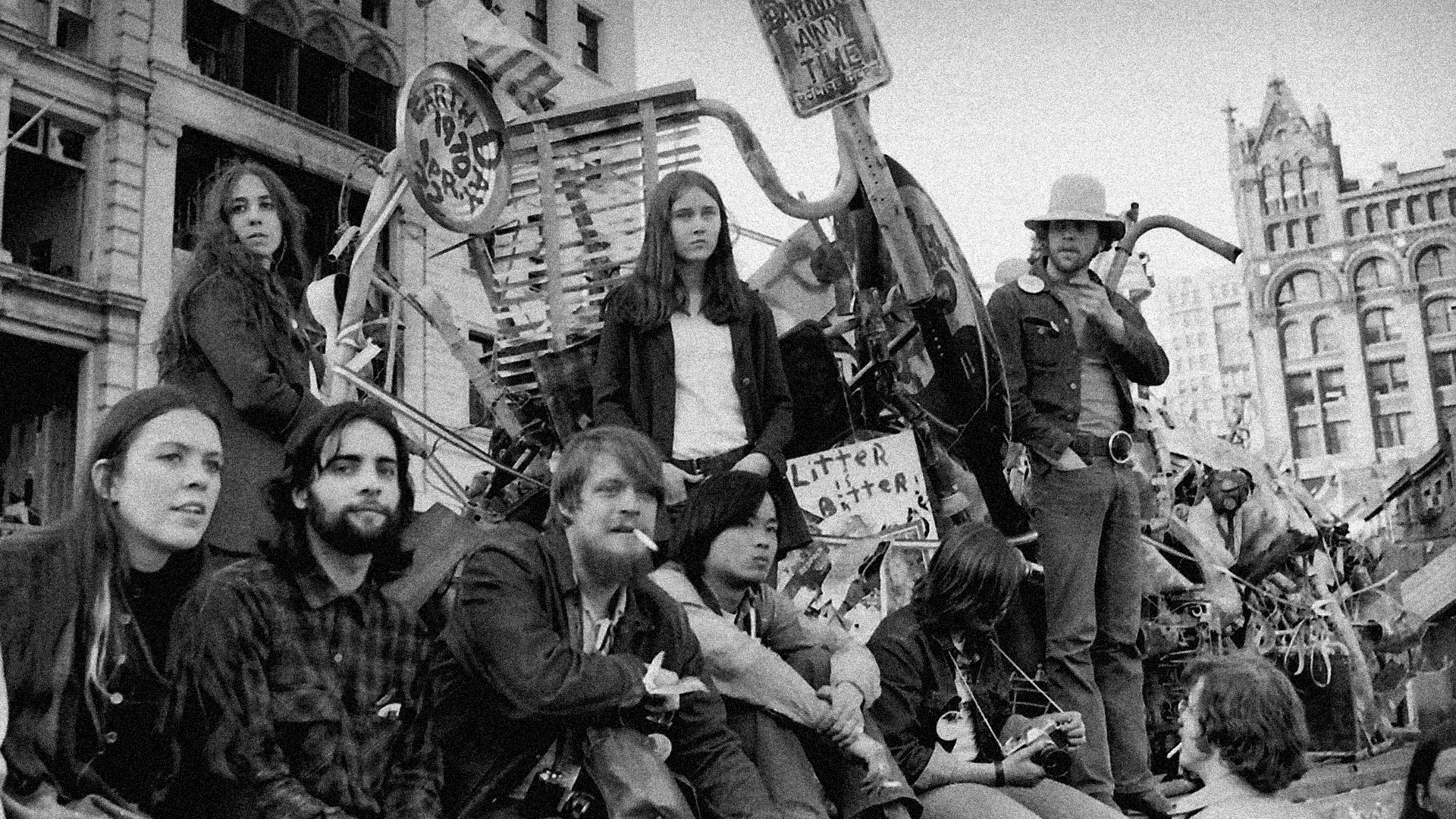
How The Levi’s® 501® Jean Became A Symbol For Political Activism
Over the past 149 years, Levi’s® 501® Original Jean has been included in the style repertoire of the most defining voices throughout culture. The jean is a symbol for countercultures as broad as biker clubs, punk, rap, skateboarding, and art movements, but can also be seen on crowds throughout decades of activism: from beats to hippies, LGBTQ+ rights protests, to the fall of the Berlin Wall.
To see how civil rights activists first adopted denim, consider the photograph of Martin Luther King Jr. marching to demand civil and economic rights for Black Americans in the March on Washington in August, 1963. The young charismatic leader might’ve been dressed in a neatly pressed suit, but of the quarter-million demonstrators that stormed DC that day were many workaday Black Southerners dressed in jeans and denim overalls. The blue denim uniform took cue from the youth activists, specifically members of SNCC (Student Non-Violent Coordinating Committee), who wore denim while encouraging voter registration among Black people in rural America.
“Denim served not only as a rebellious uniform to the culture of the middle class activists, but also as a soul tie to the Black laborers,” Miko Underwood, sustainable denim designer, historian, and founder of Oak & Acorn told TZR. “The significance of the SNCC denim uniform or ‘SNCC skin’ served to connect with and advocate for the Southern Black sharecroppers. In adopting the clothing of Black laborers, instead of the attire worn by the Black middle class, SNCC was consciously reevaluating the politics of respectability.”
In America and beyond, other major cultural leaders continued to embrace jeans to make defiant statements of their own. Just as civil rights leaders used denim to convey an antithetical image to white people’s preconceived notion around Black livelihood, groups like the Black Panthers in the ‘70s used dress to send a message about Black pride and liberation. “It was natural for organizations like the Oakland-born East Bay Dragons motorcycle club to dress in Levi’s® 501® jeans given their close proximity to San Francisco, the place where Levi’s® were first manufactured,” explains Levi’s® Historian, Tracey Panek.
“At the same time, Levi’s® were also being adopted by counterculture hippies in the Haight and motorcycle clubs like the East Bay Dragons of Oakland, the oldest African American motorcycle club still in existence.”
The 501® jean was also the choice for many of the environmentalists and radical thinkers in the late ‘60s and early ‘70s. The explosive era, symbolized by a rising youth culture experimenting with music, drugs, counter-culture ideals and political activism, saw many of these radical thinkers adopt dress as a form of personal expression of one's philosophies and individuality. “From drawing peace signs on your 501® jeans to wearing the 501® as a symbol of freedom atop the Berlin Wall when it fell, Levi’s® have long been a canvas for self-expression and political activism,” says Panek. Panek further recounts items in the company’s Archives like a Patti Smith peace sign 501® to an AIDS awareness quilt panel stitched from Levi’s® denim as some of the best examples of the brand’s place in activism.
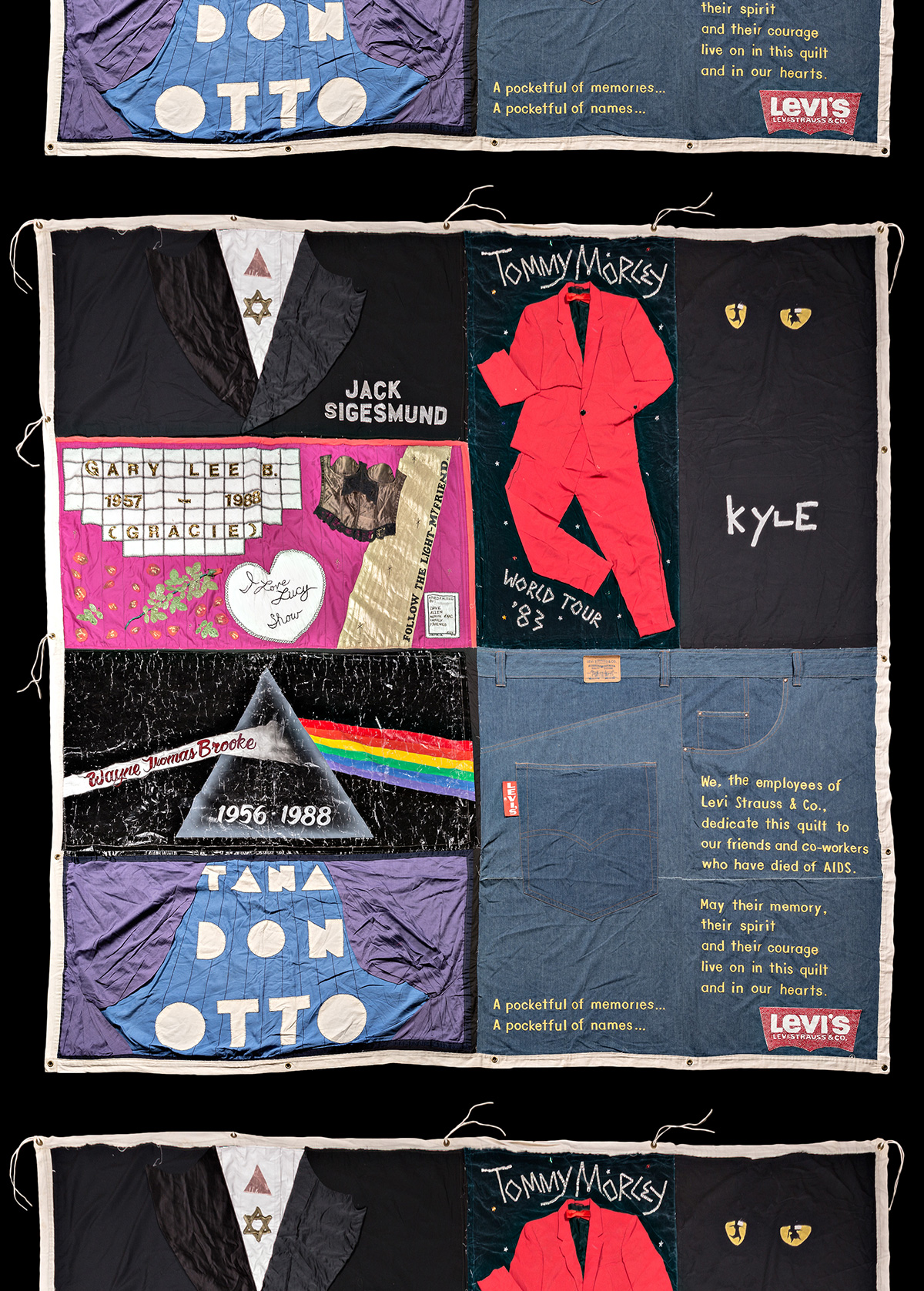
The 501® jean was also the choice for many of the environmentalists and radical thinkers in the late ‘60s and early ‘70s. The explosive era, symbolized by a rising youth culture experimenting with music, drugs, counter-culture ideals and political activism, saw many of these radical thinkers adopt dress as a form of personal expression of one's philosophies and individuality. “From drawing peace signs on your 501® jeans to wearing the 501® as a symbol of freedom atop the Berlin Wall when it fell, Levi’s® have long been a canvas for self-expression and political activism,” says Panek. Panek further recounts items in the company’s Archives like a Patti Smith peace sign 501® to an AIDS awareness quilt panel stitched fromm Levi’s® denim as some of the best examples of the brand’s place in activism.
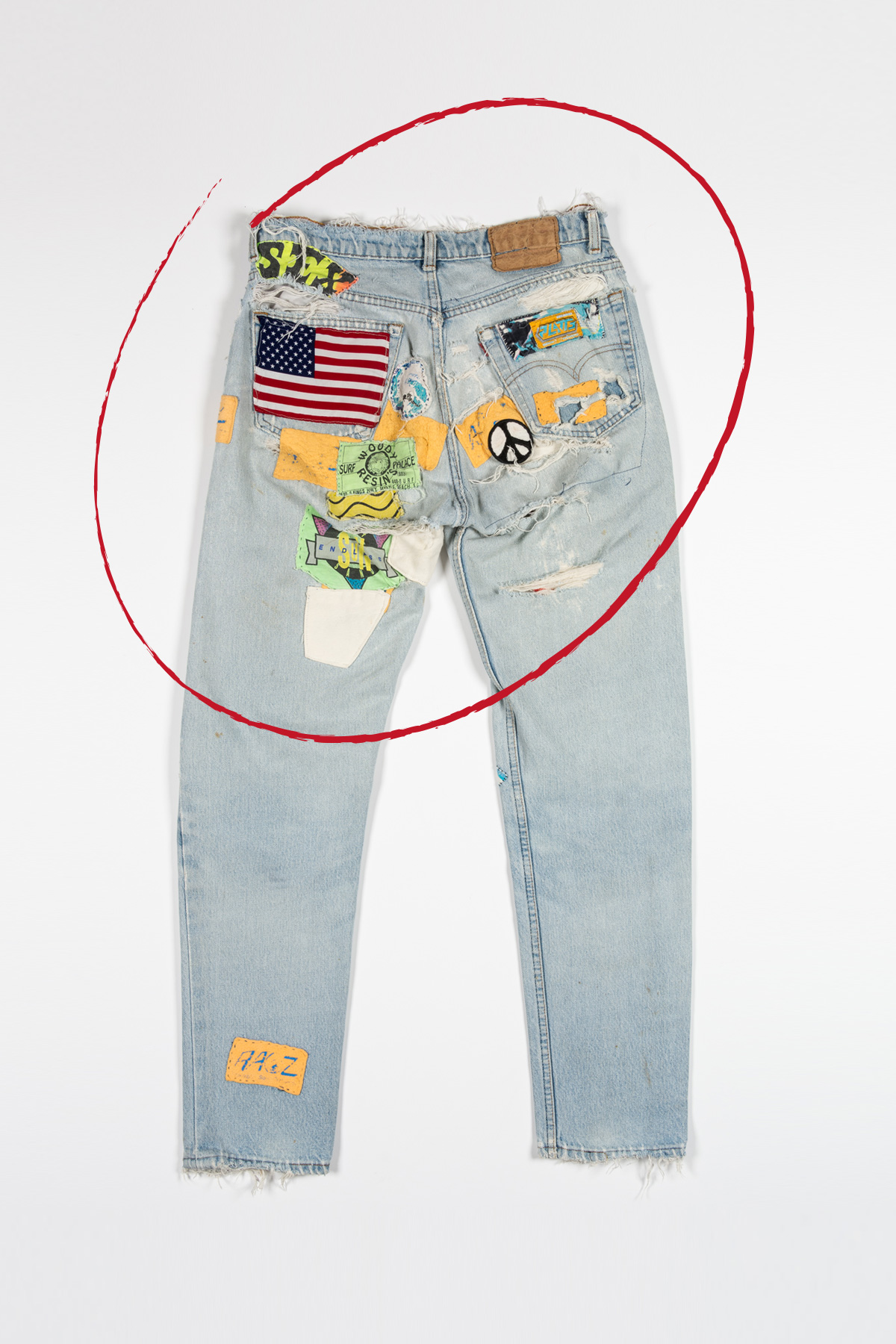
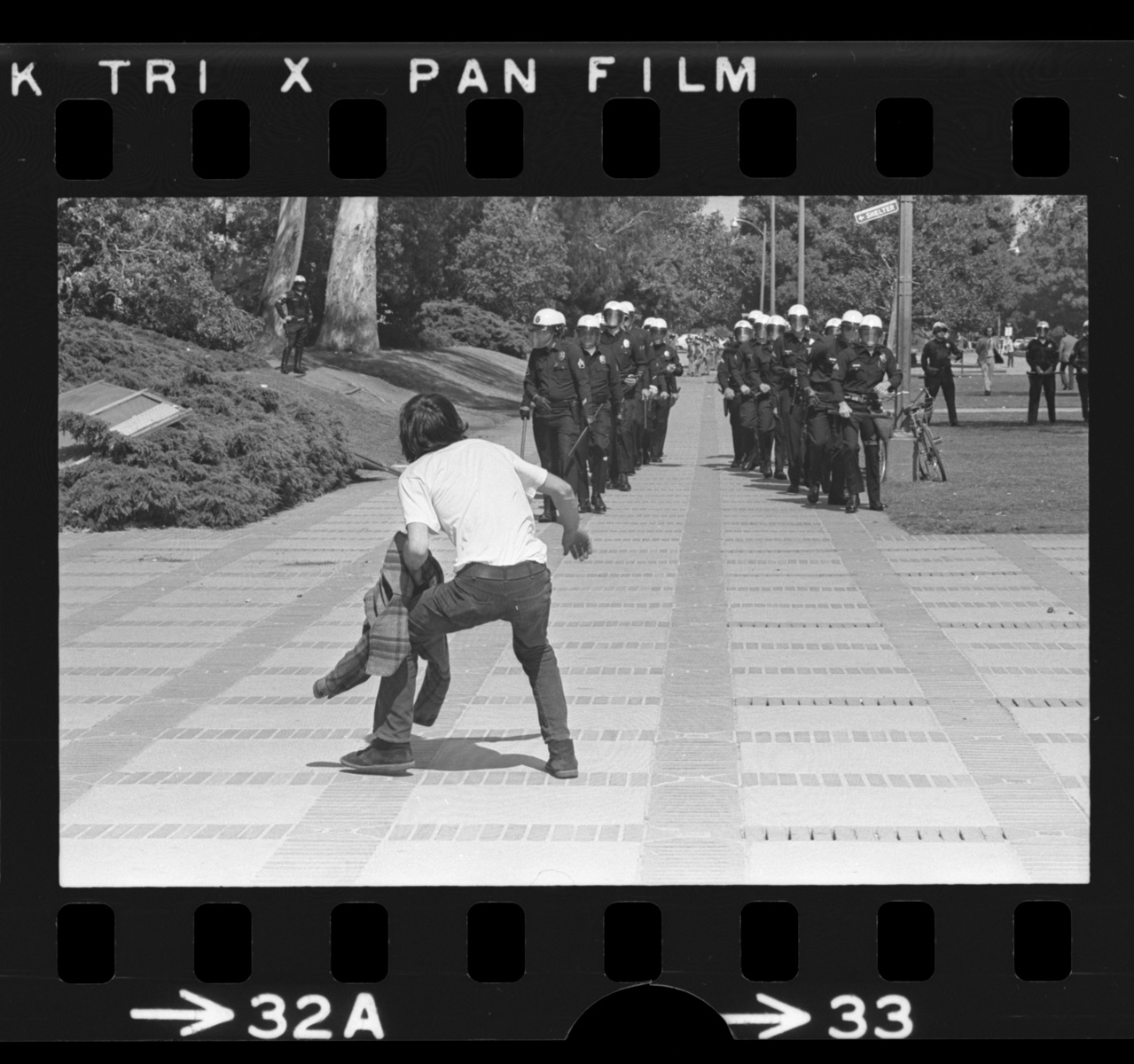
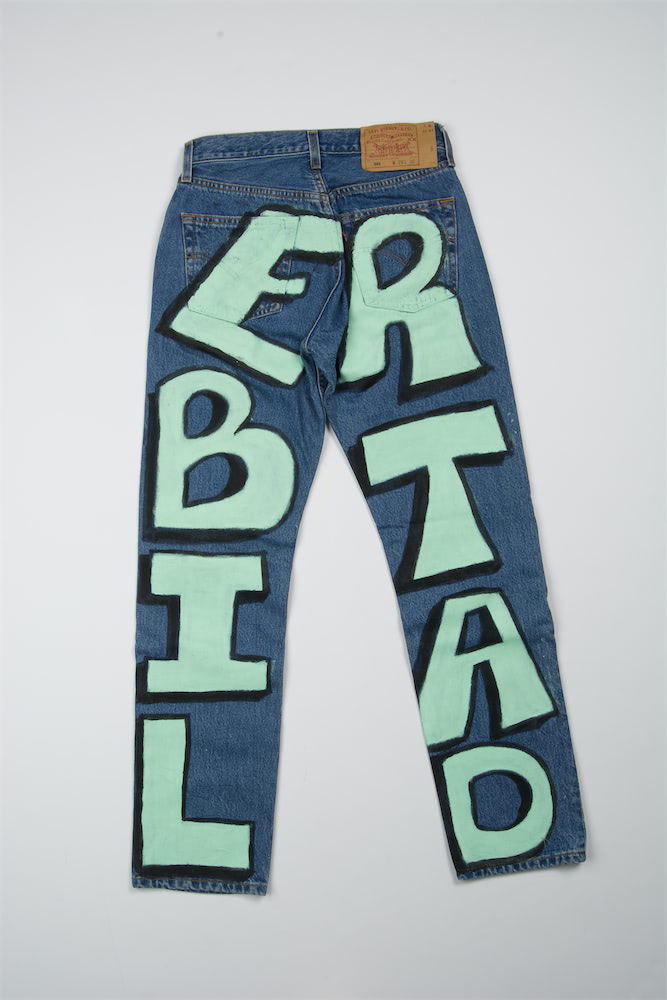
Diversity, inclusion, racial justice, and environmental concerns are some of the most pressing issues society continues to face today. And while the 501® jeans’ position in contemporary culture has ascended beyond its radical roots to become an everyday fashion staple for the masses, its political power hasn’t waned. For a new generation, the 501® jean has remained the choice for some of the most active, informed and vocal citizens around the world.
Among these young advocates is Daze Aghaji, a 21-year-old climate justice activist, political candidate, and graduate of Goldsmiths, University of London. Aghaji’s advocacy for radical systemic change has seen her become a teenage powerhouse of environmental activism; acting as Creative Director of Earthrise, as well as working with major NGOs, charities and grassroots changemakers around the world. She also happens to be the youngest candidate to stand in the EU Parliamentary elections, and has recently hosted a TEDx Talks at Kings Cross.
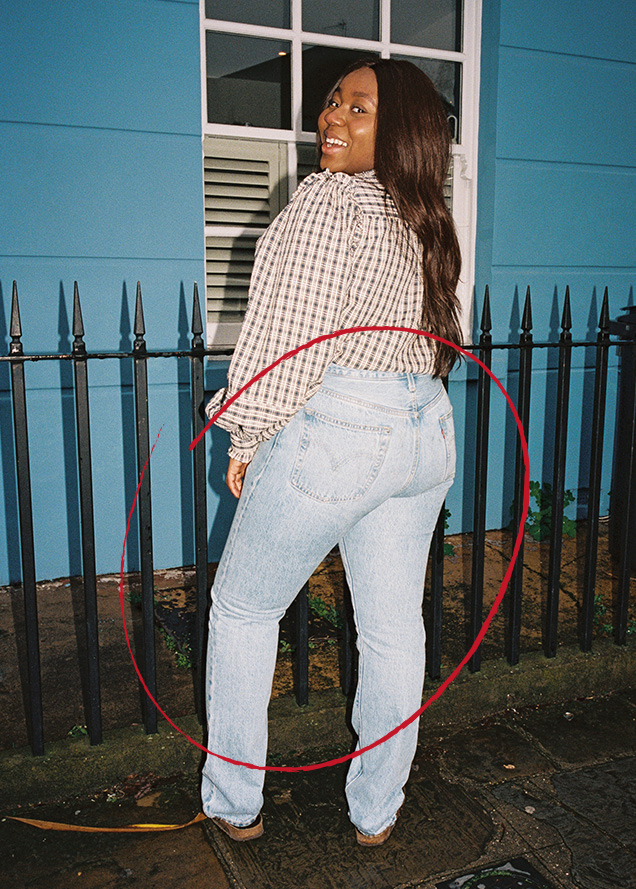
Aghaji recognizes the significant role denim has played across different social movements, citing the civil rights era and how denim acted as a uniform to defy the class and gender divide within the movement. “It was a reminder to create the world of equality they we’re fighting for,” she says. For Aghaji, it is this history combined with denim’s utilitarianism that makes Levi’s® 501® the ideal uniform for her climate change activism. “A pair of jeans is made to last a lifetime, to hold the memories of the work that we do,” she says. “It's also in line with the ethos of consuming less and buying items of clothing which are classics and designed to last a lifetime. It's what I typically call a ‘forever wardrobe’ and my 501® jeans are definitely part of that.”
While there is no rule book on what an activist should look like when they turn up to a protest, history has shown that many have chosen Levi’s® 501® as a powerful symbol of change. From social justice to climate change, it's clear that the 501® jean is not just timeless, but is also an ever-changing symbol of individual expression, which is why they continue to be a canvas for freedom fighters to express the issues that matter to them most in the ways they see fit.
Check out the quintessential design that manifested its way throughout history
SHOP LEVI’S® 501® JEANS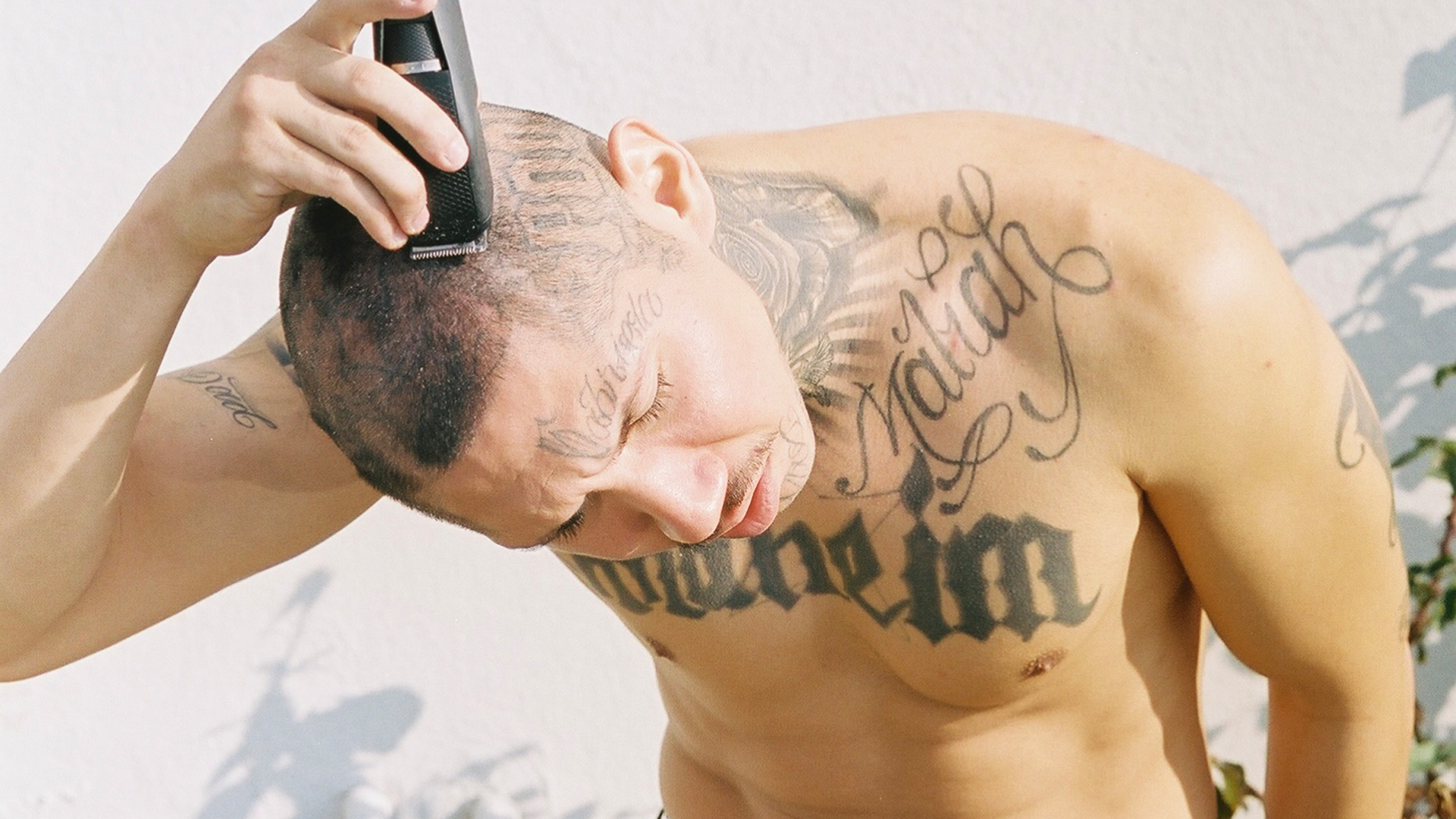
The Timeless Role of Levi’s® 501® Jeans In Chicano Culture
When we read about the early history of Levi’s® and its place in culture we often learn of the miners, cowboys and Hollywood legends that helped the jean become the American icon it is today. But while history likes to recount these figures in the brand’s all-American tale, it’s not often that you hear about the Mexican American community, who share an equally long legacy with the brand.
Levi’s® 501® jeans were sold throughout the American West and Southwest where there was a large Chicano population. In fact, Hispanic customers were some of the earliest to wear Levi’s®. “Spanish-language flyers in our Archives date back to the 1920s,” reveals Levi’s® historian, Tracey Panek, who manages the Levi’s Strauss & Co. Archives that documents the company’s history by preserving Levi’s® garments, photos, advertisements and other assets along with stories of people who have shaped culture wearing denim. Among the nearly 150,000 artifacts preserved in the Archives is a handwritten note mailed to Levi’s Strauss & Co. in 1938 from a particularly enthusiastic member of the Chicano community sharing his love for Levi’s®.
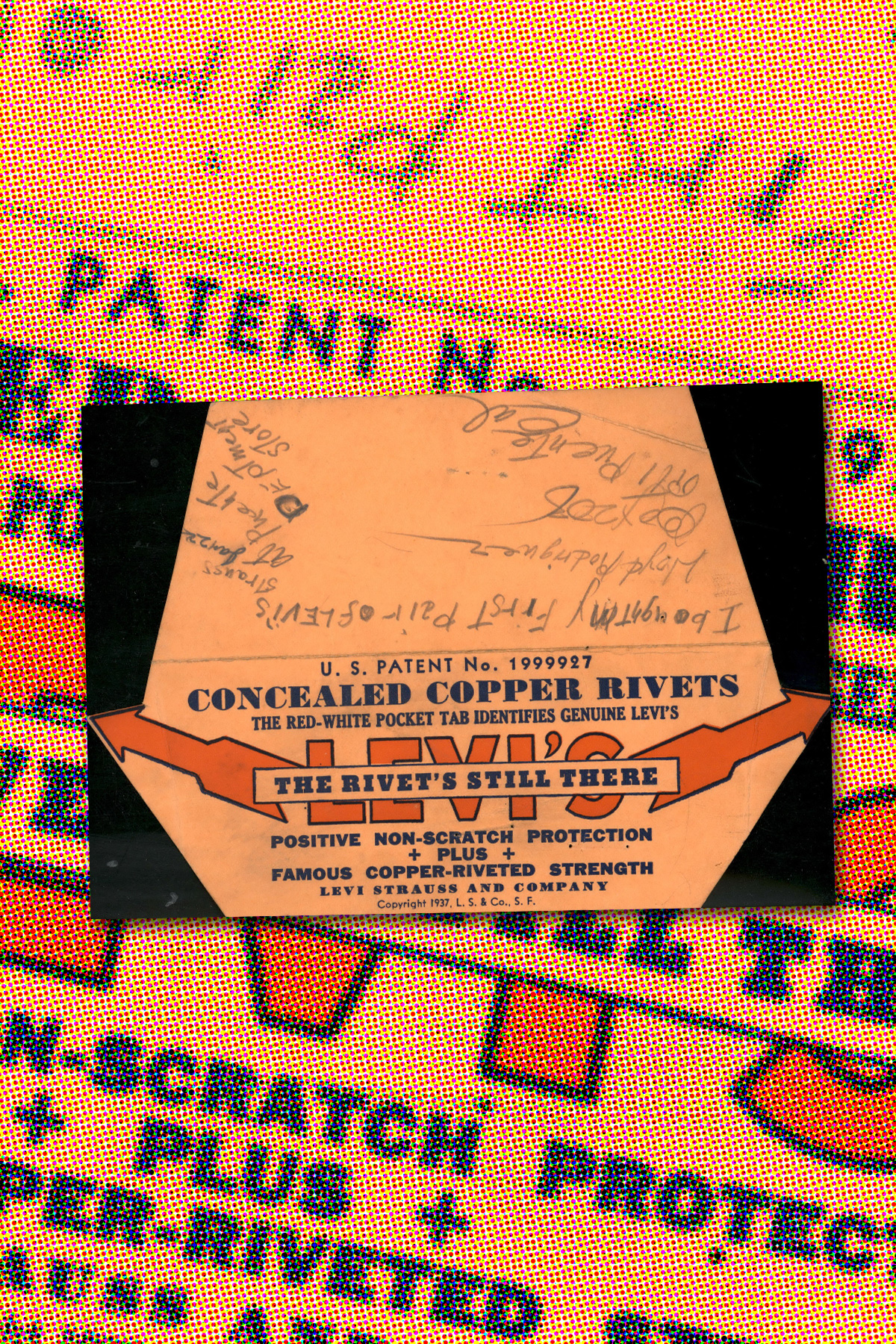
“In the Chicano community, purchasing and wearing 501® jeans could be considered a symbol of success and a proud moment in one’s life. The note mailed to Levi Strauss & Co. on August 29, 1938, exemplifies this concept,” says Panek. “In lieu of a letter, Levi’s® customer Lloyd Rodriquez handwrote a note on the back of a 501® jeans’ pocket label that reads, “I bought my first pair of Levi's, January 22 (Jan 22), Puente Department Store, Lloyd Rodriguez, P. O. Box 208 Route 1, Puente, California” Panek shares another example from New Mexico-born Henry Miller, who is also a life-long Levi’s® 501® jeans fan. His note is perhaps even more diehard with the request, “I want to be buried in my boots and 501.”
The truth is, there are few cultures that have an affinity for Levi’s® quite like Chicanos. Perhaps that is why they have been a staple for so many generations of Mexican Americans across the past century. Leo Carrillo wore Levi’s® jeans as Pancho in the ‘50s Western television series The Cisco Kid, Selena Quintanilla sported her Red Tab’s on stage while performing in Laredo, Texas, 1994, and today designers like Willy Chavarria reference Levi’s® place in the Chicano culture.
One of the biggest ways Chicano’s love for Levi’s® has impacted mainstream culture is through baggy jeans. “They're a part of our culture. It's a part of our style or steelo we call fashion,” explains Moses Cuevas on Levi’s® influence in pop culture. Growing up in Norwalk, California in the Greater Los Angeles area, the 27-year-old motivational speaker has seen Chicano style flourish from its Mexican American roots to become a cultural style code that has influenced pop singers, runway designers and Hollywood stars.
“Chicano fashion in today's culture is hugely popular. Our culture has spread throughout the world. I see other states and countries recreating, or just wanting to be a part of it”
When it comes to styling Levi’s®, Cuevas prefers to wear his loose, baggy and raw. The style sensibility is part of a long lineage of young Chicano men like himself who take style cues from the ‘70s, ‘80s, and later in the early ‘90s, when Cholo culture emerged as a new subculture within the Mexican American community. This new generation emerged with their own set of clean, crisp style codes that reinterpreted basic workwear into an elegant symbol of racial identity. Staying true to his roots, Cuevas treats his Shrink-to-Fit raw denim 501® jeans to the same styling traditions that his OG’s did—with a heavy dose of starch. “Creasing up and ironing our clothes is definitely the way I grew up in Levi’s® 501®,” he says. And what did Levi’s® symbolize to him growing up in California? His answer is simple: “I'll put it to you this way, if you were wearing Levi's® 501® jeans growing up, you're doing good.”
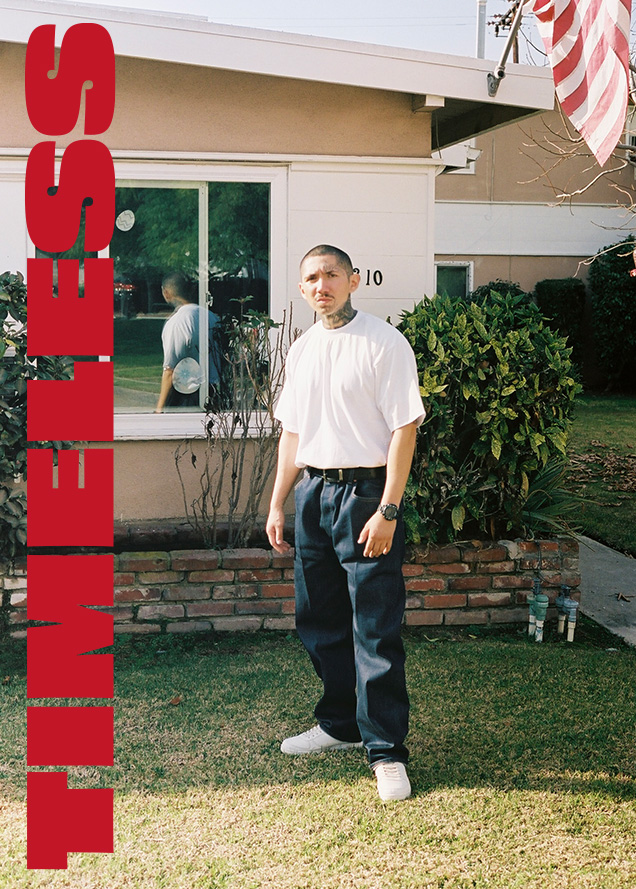
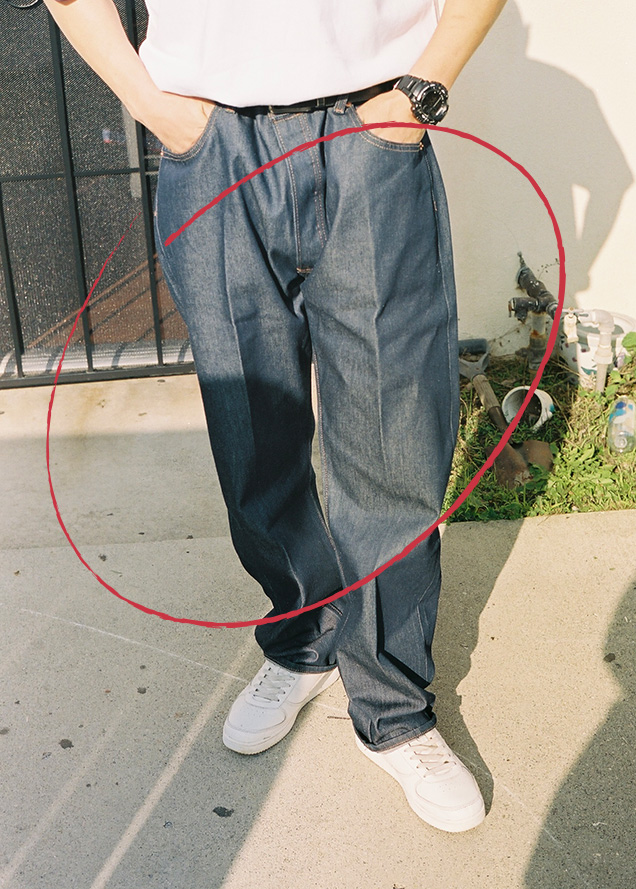
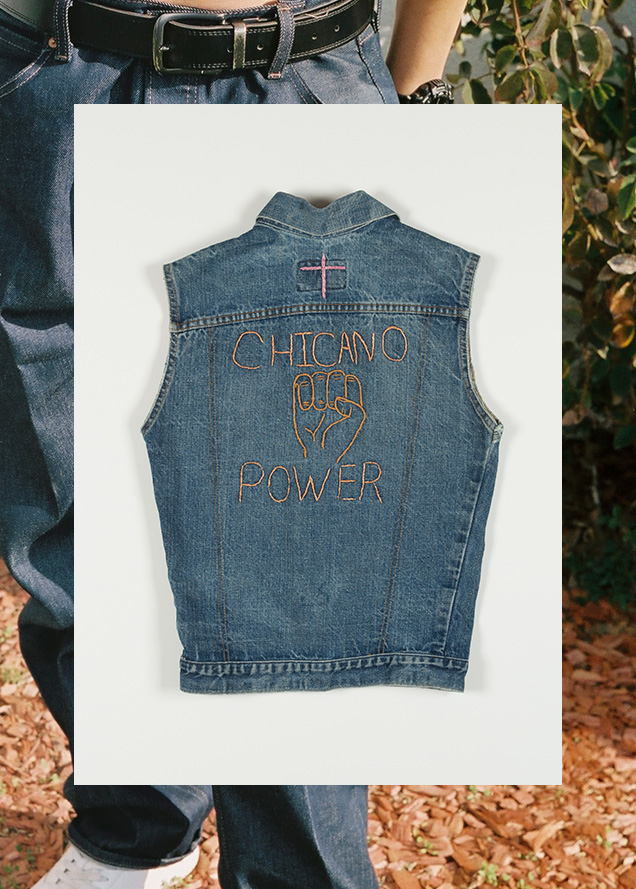
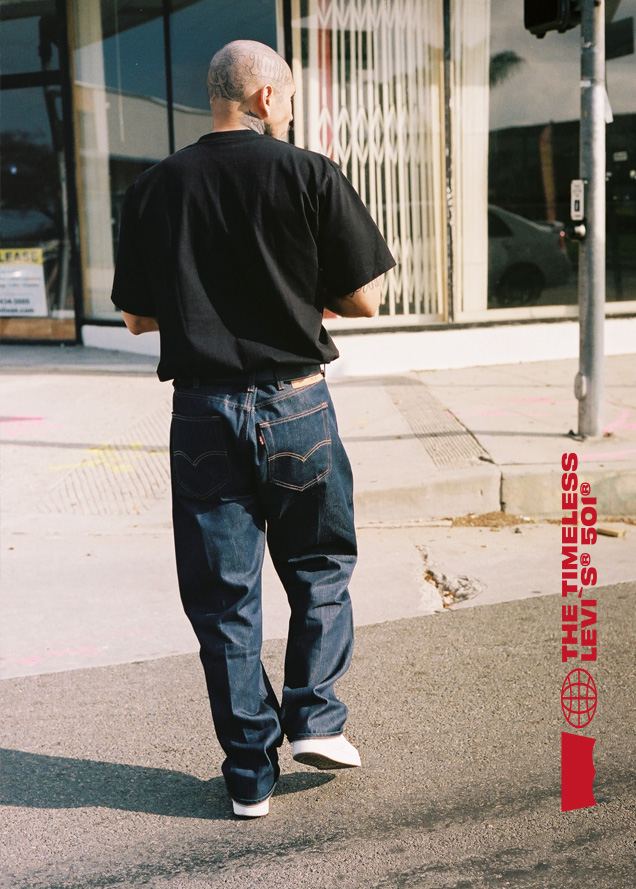
The tailored crease accent might seem like an odd element to add to such a casual garment with roots in workwear, but the detail ties back to the zoot suits of Pachucos, a Mexican American subculture, famous for wearing cartoonishly large tailoring. By the time the mid-’60s rolled around, young Chicano men began replacing the zoot suits of their fathers with a sturdier, rugged brand of street style, namely workwear and denim. Worn loose and baggy, the jean fits retained some of the old-school style elements of Pachucos, with tailored pleats, which were reimagined on denim with a hot iron, starch and a steady hand.
In the late ‘80s and early ‘90s, Cholo culture had emerged as undeniable force out of the barrio street crews of Southern California. Their crisp uniforms of fresh white tees and pressed chinos or Levi’s® jeans had an undeniable impact on the style of West Coast rappers in LA’s South Central neighborhoods. Perhaps the best example of its influence was the gangster-style of N.W.A. who dressed in raw denim workwear jackets and pressed Levi’s® 501® jeans.
In a 1994 photoshoot, celebrated hip-hop photographer Chi Modu captured images of the late rapper Eazy E in the streets of his local neighborhood, Compton, LA. Posted up against his vintage 1964 Chevrolet Impala, Eazy E was dressed in a crisp pair of baggy Levi’s® 501® jeans that were freshly pressed with front center crease. It’s a style that many associate with the brand of West Coast gangster-style that he and former N.W.A. members helped become popular in mainstream America during the ‘90s, but it in fact has roots in Chicano street culture.
Today, the baggy style pioneered by Chicanos continues to dominate the cultural landscape, but the community rarely gets the credit they deserve. Cuevas, who models Levi’s® Shrink-to-Fit raw denim 501® jeans, is happy to see his culture being embraced and recognized in all corners of the globe, but he believes it should be adopted in a respectful manner.
“I see our fashion growing and evolving throughout the world. It's a beautiful thing to see my culture and people being embraced and loved in distant places, but it’s our job to educate everyone about Chicano culture and make sure it’s given the full credit it deserves.”
Denim’s place in culture may have transcended its roots in workwear to become an everyday fashion item, but the untold style cues of the Chicano community remain tightly woven into the fabric’s history. So next time you wear your Levi’s® 501® jeans baggy, be sure to remember this chapter of Chicano’s past as clearly and loudly as the rest.
Check out the quintessential design that manifested its way throughout history
SHOP LEVI’S® 501® JEANSHighsnobiety
Interactive Developer:
Katerina Vaseva
Interactive Developer:
Bruno Bortagaray
Activations Manager:
Candice Grevious
Branded Content Editor:
Caroline Brown
Writer:
Samuel Trotman
Talent Relations:
Alexis Edevbie
Producer:
Chloe Snower
Skate Scene Image Credits
Levi's Archival Images:
Levi's
Photographer:
Atiba Jefferson; Featured: Alex "Trainwreck" Gall
Photographer:
Mel Stones, Featured: Leo Fitzpatrick
Photographer:
Gunars Elmuts, Featured: Harold Hunter *
Photographer:
Dimitry Elyashkevich, Featured: Harold Hunter *
Photographer:
Finlay Flint, Featured: Onyedi
Political Activism Image Credits
Levi's Archival Images:
Levi's
Photographer:
James R. Peipert
Photographer:
Finlay Flint, Featured: Daze Aghaii
Chicano Culture Image Credits
Levi's Archival Images:
Levi's
Photographer:
Abe Atri, Featuring Moses Cuevas + Guillermo Cuevas
* All images approved for usage by featured skaters and photographers - Provided by the Harold Hunter Foundation